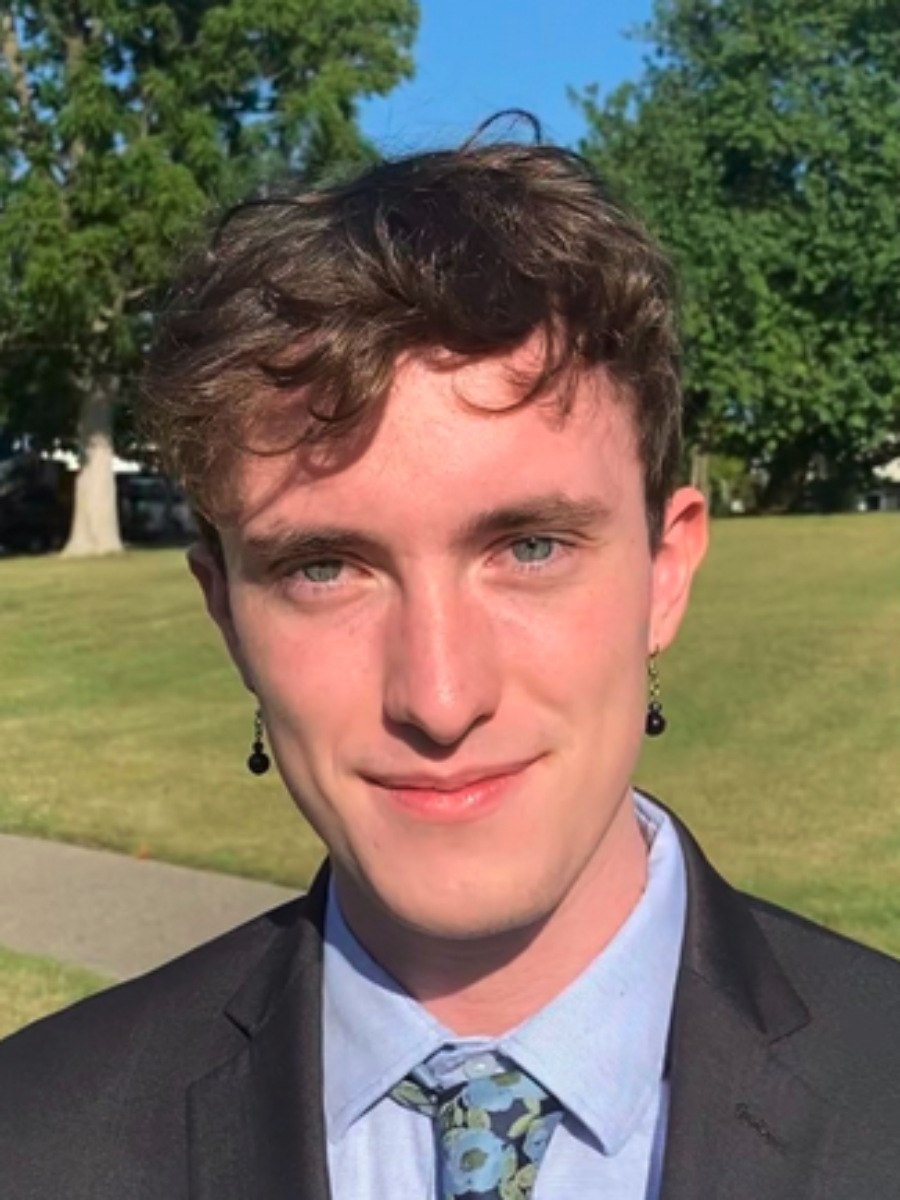What is suicide loss?
Suicide loss is the loss of a family member, friend, or loved one to suicide. On average, each death by suicide is estimated to expose 135 people to that loss [1]. More than 1-in-5 people will experience suicide loss over their lifetime [2]. The impact of suicide loss occurs across a spectrum of levels: people exposed to suicide, affected by suicide, and bereaved by suicide. People bereaved by suicide are more likely to face negative mental health outcomes including depression, anxiety, and even increased risk of suicide [3].
How does this relate to LGBTQ+ mental health?
LGBTQ+ people are at increased risk for suicide compared to heterosexual, cisgender (non-transgender) people [4]. Experiences of family rejection, discrimination, bullying, and lower access to mental healthcare all increase suicide risk among LGBTQ+ people [5]. We also know that LGBTQ+ people’s social networks are more likely to include other LGBTQ+ people [6]. Because LGBTQ+ people are at increased risk for suicide and are also connected to more LGBTQ+ people, they might also be more likely to experience suicide loss. LGBTQ+ people may experience disenfranchised grief following the death of a loved one. This happens when one’s relationship to the deceased is not appropriately recognized or socially accepted – for example, being excluded from funeral services, or having to hide that the deceased was a romantic partner [7]. In one study, more than 25% of transgender people reported being close to someone who died by suicide and oftentimes this was another transgender person [8]. But no studies using large samples have focused on understanding the bereavement experiences of lesbian, gay, and bisexual (LGB) people.
What did we do?
We used the 2016 General Social Survey, a national survey that represents the views of American adults. Survey respondents report their opinions on a wide variety of topics as well as to report their sexual orientation and experiences with suicide loss. In total, 74 LGB and 1207 heterosexual adults answered these questions. We used this data to investigate whether there are differences in suicide loss experiences between LGB and heterosexual Americans.
Report Leads:
-
Kirsty Clark, PhD MPH
Assistant Professor of Medicine, Health and Society
Assistant Professor of Public Policy Studies
Assistant Professor of Psychology and Human Development
College of Arts & Science
Peabody College of Education & Human Development -
Tara McKay
Assistant Professor of Medicine, Health, and Society College of Arts & Science
-

Joseph Sexton

